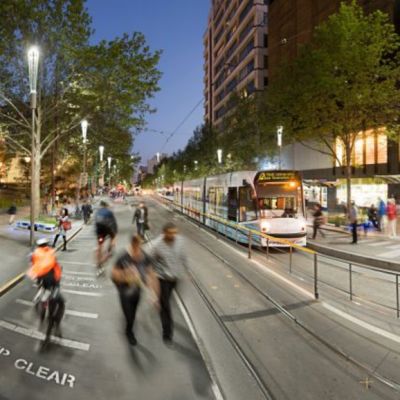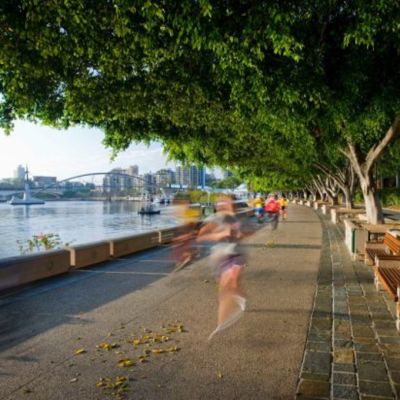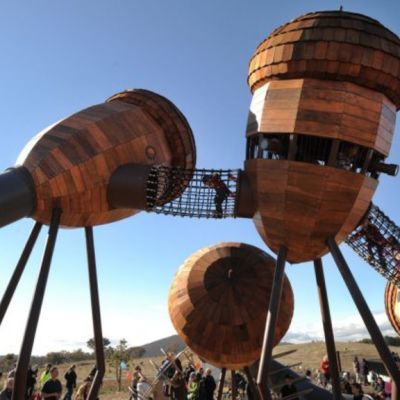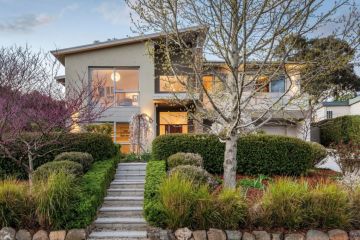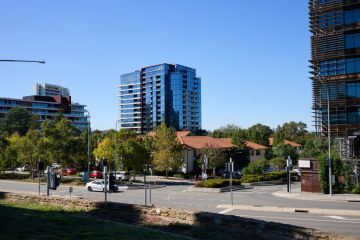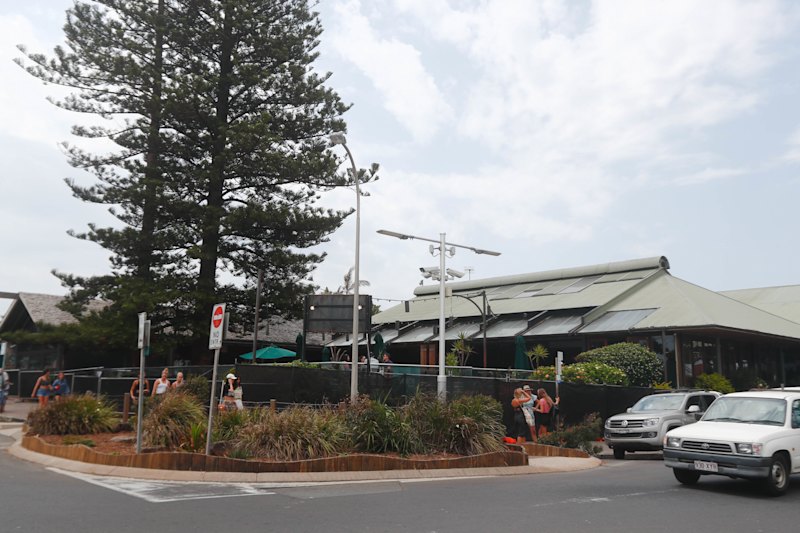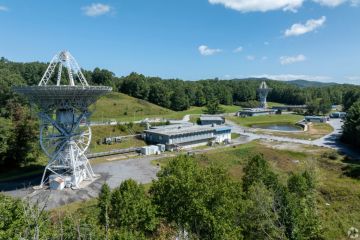Reinventing unused spaces and turning them into parks key to Sydney's future
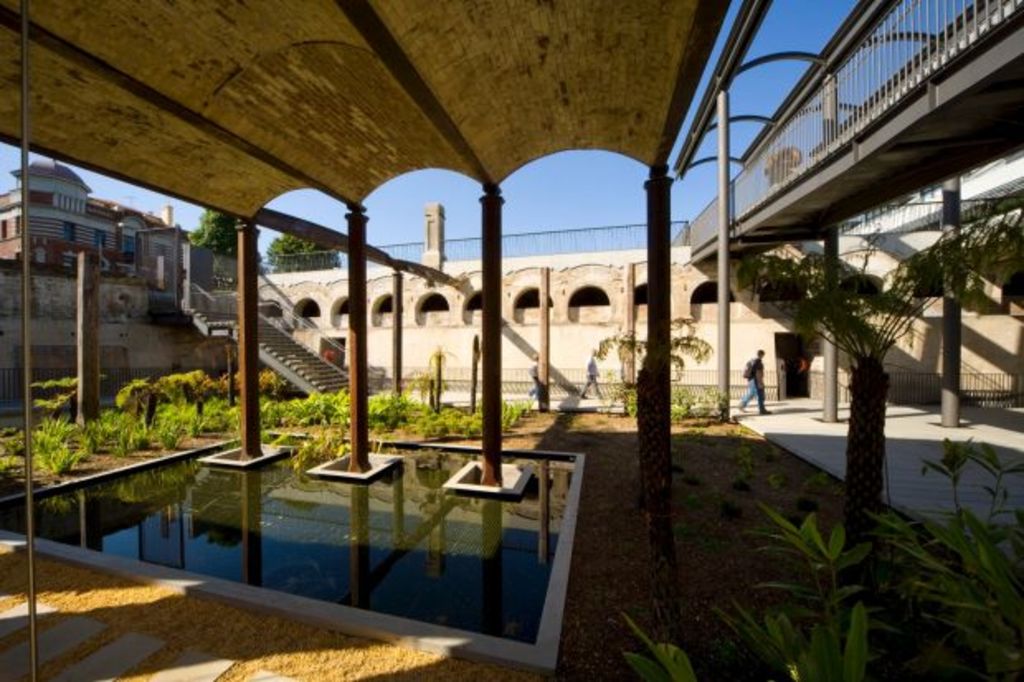
A traditional Aboriginal gathering place, a former water storage facility and a crumbling wharf precinct are just three of the Sydney sites that have been reborn as parks in recent years.
Now, a major exhibition series titled Parks Changing Australia, spearheaded by the Australian Institute of Landscape Architects (AILA), will tell the stories of Sydney’s most progressive new parks and their interstate counterparts.
A panel of judges from the institute considered entries from around the country, assessing the environmental, social and economic benefits of each park. Then the panel compiled Top 10s for Sydney, Melbourne, Brisbane, Canberra and Perth.
“It was a hotly contested process and the discussions were lively, so to ensure an impartial outcome, each board member ranked the projects individually,” says landscape architect and Parks Changing Australia judge Angus Bruce. “We then tallied the points to generate the final 13.”
According to Bruce, the exhibits have been designed to get us thinking about the role we want parks to play in Australia’s future.
“As our cities become more densely populated, the demand on urban green space will grow,” he says. “So our approach to urban development must keep evolving to better support and leverage the essential natural processes that are so vital to a sustainable urban future.”
Bruce says many of the parks the panel shortlisted were built in unusual places – on former industrial sites, for example. According to Bruce, that “reuse and reinvent” approach will be become increasingly valuable as our cities continue to develop.
“We need to take a more holistic approach to the urban landscape,” he says. “Well-integrated green infrastructure – such as pocket parks and stormwater swales – is key to maintaining balance, together with living architecture like green roofs and walls, which have the ability to defy spatial limitations and deliver abundant benefits.”
One of the Sydney parks to make the Top 13, the diminutive Paddington Reservoir Gardens on Oxford Street, helps illustrate several of Bruce’s points. In the 1860s, the city built an underground reservoir on the site to help serve Sydney’s water needs. The reservoir stopped supplying water in 1899, and the site then passed between several owners, one of whom turned the underground reservoir into a car park and built a petrol station on top of it.
In 2009, after lying derelict for decades, the site reopened as Sydney’s first “sunken park” – a lush, vegetated sanctuary, complete with heritage brick and iron fixtures, a pond and elevated garden beds supported by stone columns.
“We sought to build on the character of the ruined reservoir,” says Anton James, the director of JMD Design, which co-created the park with Surry Hills-based firm Tonkin Zulaikha Greer Architects.
“We created a sunken garden that took the visitor away from the urban context and into an environment from which only the sky and the tops of adjoining heritage buildings can be seen.”
The other Sydney parks to make the national Top 13 are Sydney Olympic Park, Ballast Point in Balmain and Western Sydney Parklands.
Environmental scientist Josh Byrne said he hoped to see more green, usable areas in Sydney by 2020.
“”The importance of parks and open spaces and the ability they have to create a positive impact on society is incredibly significant,” said Byrne, an advocate for 202020 Vision, which collaborated on the project.
The Parks Changing Australia exhibitions have been timed to coincide with the institute’s 50th anniversary and the 2016 International Festival of Landscape Architecture. But Bruce says he and his fellow judges were more interested in community sentiment than in high-minded design principles.
“Most importantly, we wanted to be sure that each park, in its own right, was valued highly by its community, and that it is was loved by the users of the space,” he says. “Are these places successful in the eyes of locals? Yes!”
The 10 parks changing Sydney
1. Ballast Point
2. Barangaroo Reserve
3. Blaxland Riverside Park
4. Darling Quarter
5. Sydney Olympic Park
6. Sydney Park
7. Victoria Park Public Domain
8. Western Sydney Parklands
9. Paddington Reservoir
10. Central Park Sydney
The judges chose 13 green spaces that they felt best embodied the ‘Parks Changing Australia’ slogan, including four in Sydney. An upcoming exhibition at the National Museum of Australia in Canberra will look at the impact of these 13 parks.
We recommend
We thought you might like
States
Capital Cities
Capital Cities - Rentals
Popular Areas
Allhomes
More
